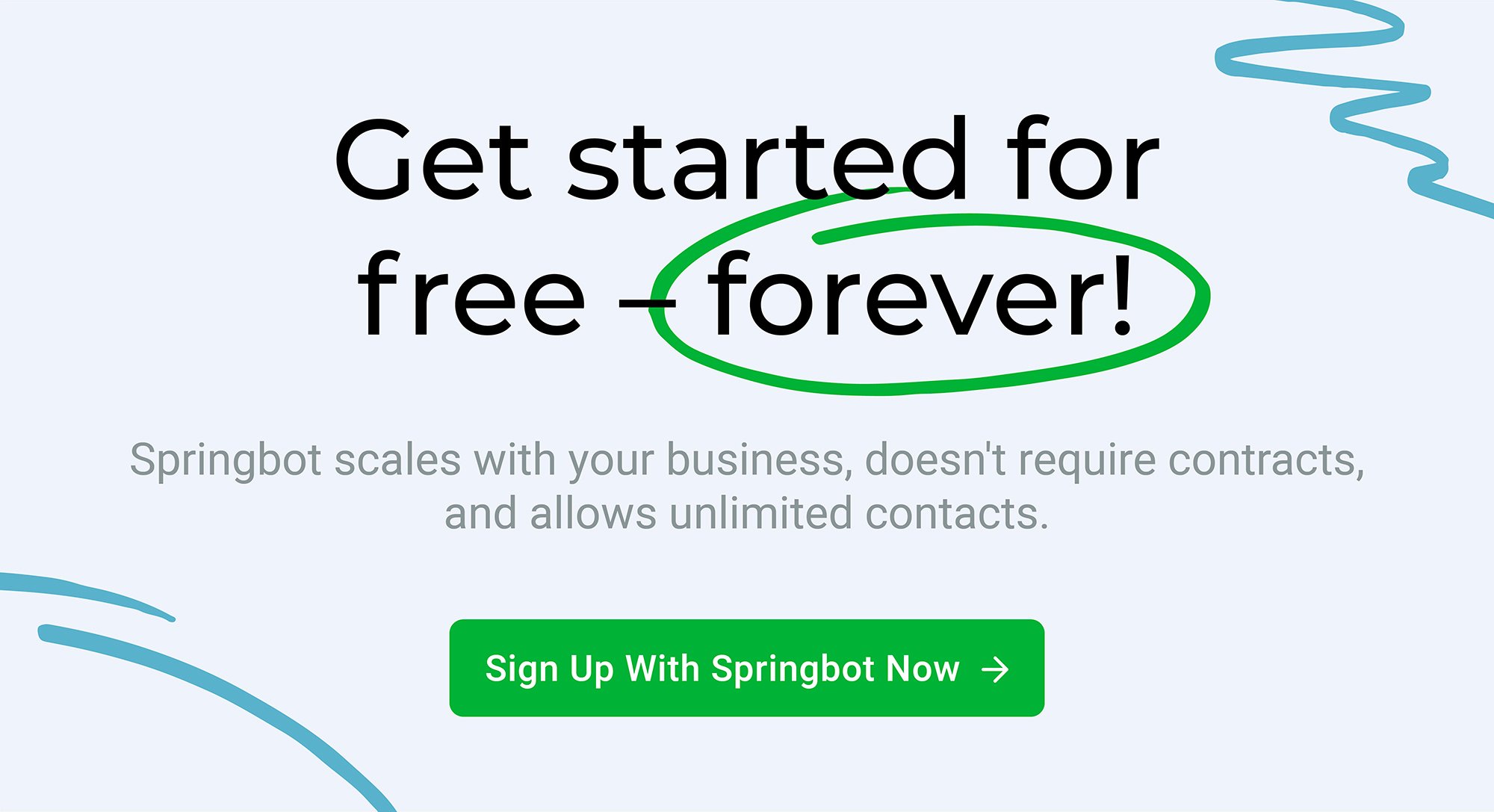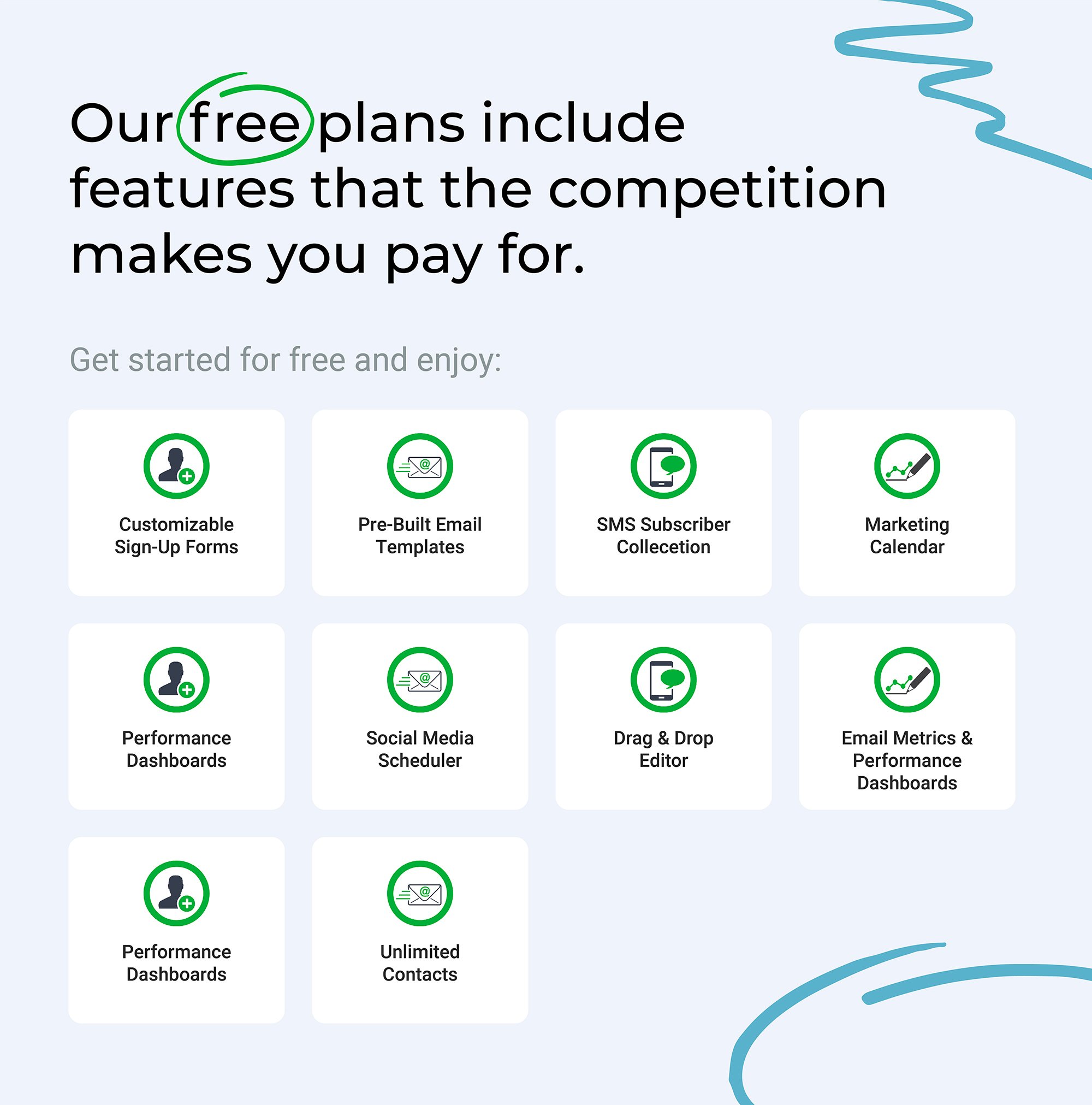Table of Contents
- The Basics of eCommerce Email Marketing
- The Importance of Email Marketing Platforms
- Building an Email List
- Planning Your Email Strategy
- Diversifying Your Email Content
- How to Design & Create Impactful Emails
- Get Started With Springbot - For Free
Welcome to the exciting world of eCommerce email marketing! As a savvy eCommerce business operator, you recognize the importance of connecting with your customers.
Email marketing offers a unique channel for this personal and profitable interaction. This guide will help you hit the ground running and get your email marketing campaign off the ground swiftly and effectively.
Understanding The Basics of eCommerce Email Marketing

What is eCommerce Email Marketing?
Email marketing for eCommerce is more than sending occasional promotional emails.
It's a targeted strategy that involves communicating with your customers and prospects at various stages of their buying journey through personalized emails.
Whether it's promotional emails, welcome series, or abandoned cart email reminders, each email serves a specific purpose.
Why is Email Marketing Crucial for eCommerce?
The power of email marketing lies in its ability to create direct and personal connections with your customers.
With a high return on investment, email marketing:
- Enhances customer loyalty
- Increases customer retention
- Boosts repeat customer purchases
- Promotes new products effectively
The Importance of Email Marketing Platforms
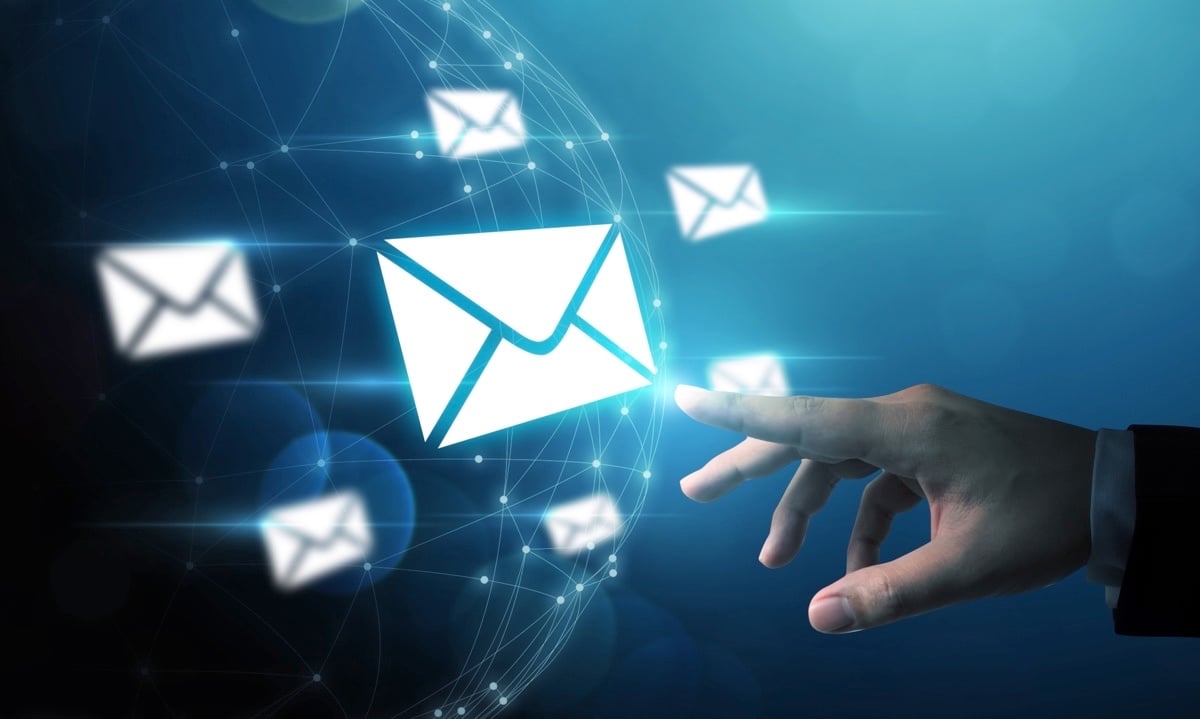
Choosing the Right Platform
Choosing an email marketing platform can make or break your campaigns. Look for features like ease of use, automation capabilities, integration with your eCommerce store, and customer support. Popular platforms include Springbot, Mailchimp, and Constant Contact, among others.
Setting Up Your Platform
Setting up your email marketing platform involves creating your account, connecting it with your online store, setting up your email list, and preparing your first campaign.
While the setup process can vary between platforms, many have user-friendly interfaces and guides to assist you.
Building an Email List
.jpg?width=3826&height=2603&name=iStock-1351881144%20(1).jpg)
A strong email list is the backbone of your eCommerce email marketing efforts.
What is an Email List?
An email list is a collection of email addresses a business has gathered from visitors/customers who have opted in to receive email communications. This can include newsletters, company updates, product promotions, and more.
Collecting these email addresses is called 'list building' and is a crucial part of email marketing. The goal is to convert visitors to your website or social media pages into subscribers who can then be nurtured into customers.
An email list allows a business to contact potential and existing customers directly. It's a valuable resource because it's a targeted audience that has already shown interest in your products or services.
10 Proven Strategies for Building an Email List
- Offer Incentives: Provide exclusive discounts or early access to new products in exchange for their email addresses.
- Use Pop-Ups & Forms: Use strategically placed pop-ups and forms on your website to encourage signups.
- Leverage Social Media: Promote your email newsletter on your social media channels to reach a wider audience.
- Content Upgrades: Provide extra content such as a downloadable PDF, an exclusive video, or a free ebook that readers can access in exchange for their email address. This is often used within blog posts or articles.
- Webinars & Online Courses: These can be excellent opportunities to gather email addresses. Require an email address to sign up for the webinar or course.
- Competitions & Giveaways: Host a competition or giveaway where entrants provide their email addresses to participate.
- Guest Posting: Write a guest post for another blog or website and include a link to a signup form for your email list.
- Checkout Process: Ask customers to provide their email addresses during the checkout process. This not only helps in building an email list but can also be useful for sending transactional emails.
- Partnerships & Collaborations: Partner with complementary businesses to co-promote each other. This could involve sharing a lead magnet with each other's existing email list or jointly hosting a webinar or event.
- Offline Events: If you're participating in trade shows, conferences, or any offline events, collect email addresses in person from attendees or potential customers.
Planning Your eCommerce Email Marketing Strategy
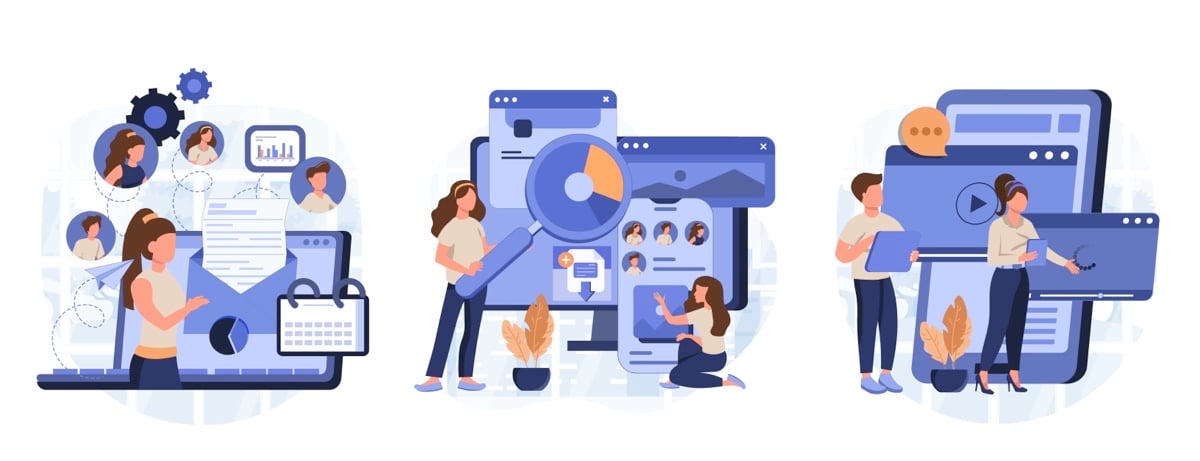
Define Your eCommerce Marketing Goals
Before diving into the mechanics of your email marketing campaign, it's imperative to define clear, achievable goals.
By setting these objectives upfront, you'll have a concrete idea of what you aim to accomplish, and you'll be able to measure your progress along the way.
Identify Your Business Objectives
Think about your broader business objectives and how email marketing can support them.
Are you aiming to increase overall sales? Do you want to boost the awareness of a new product line? Are you trying to nurture a loyal customer base?
Different objectives will shape different email marketing strategies.
Formulating SMART Goals
To ensure your goals are clear and reachable, they should be SMART - Specific, Measurable, Achievable, Relevant, and Time-bound.
For example, instead of having a goal to "increase sales," a SMART goal would be to "increase sales of product X by 15% over the next quarter through targeted email campaigns."
Different Types of Email Marketing Goals
Here are a few common types of goals that businesses often aim for with their email marketing:
- Increase Open Rates: This could be a sign that your subject lines are compelling and that your emails reach the right people at the right time.
- Improve Click-Through Rates (CTR): A higher CTR can indicate that the email content is relevant and enticing to your audience.
- Boost Conversion Rates: If your goal is to increase sales or other specific actions, tracking conversion rates can give you an idea of how effective your emails are in encouraging those actions.
- Grow Your Email List: If you're just starting or aiming to expand your audience, increasing the number of subscribers could be a key goal.
- Reduce Unsubscribe Rates: Keeping your unsubscribe rates low could mean your content is valuable to your audience, and they're eager to keep hearing from you.
- Increase Email Engagement: This could involve goals around the number of replies you receive or the amount of user-generated content from email prompts.
Remember, these are just a few examples, and your email marketing goals should be specific to your business needs and circumstances.
A clear understanding of what you hope to achieve will allow you to tailor your email marketing strategy more effectively and measure your success more accurately.
How to Build a Diversified Content Strategy for eCommerce Email Marketing
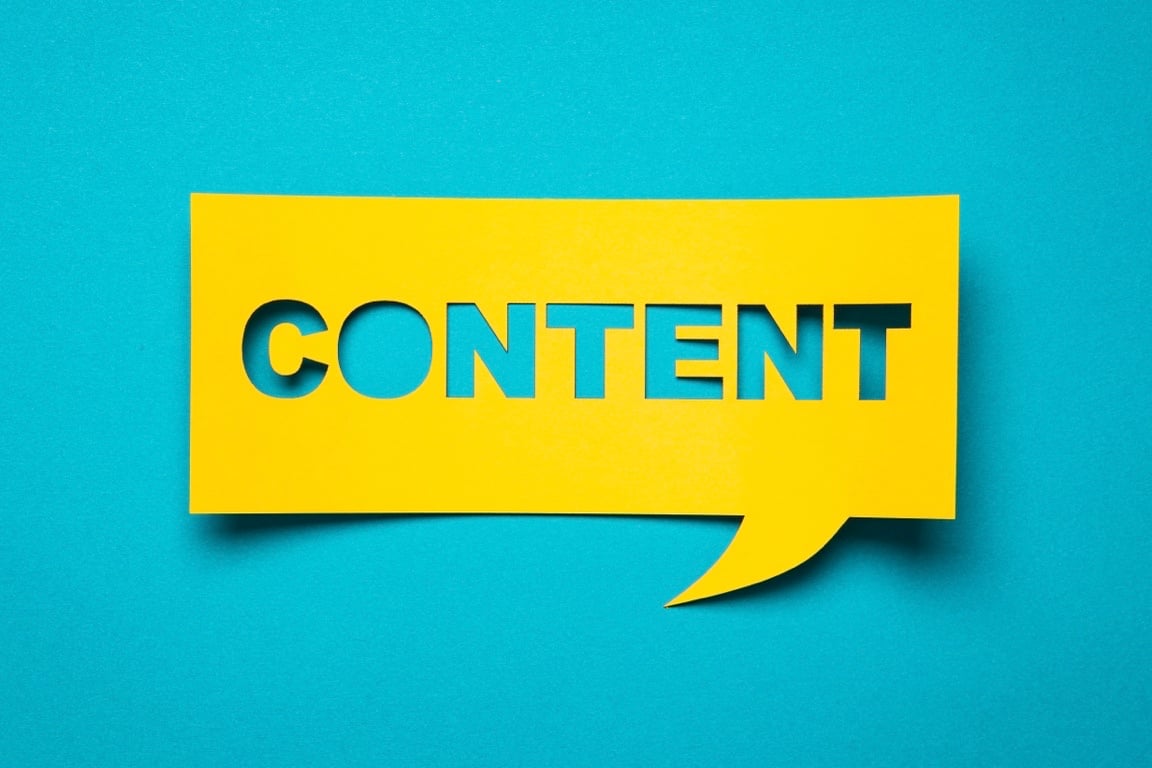
Crafting a well-balanced content strategy for your email marketing involves more than just sales pitches.
The ultimate goal is to keep your audience engaged, provide them with value, and gently guide them down the sales funnel.
Here's how you can achieve that:
Understand Your Audience
Before you even start crafting your content, you must have a clear understanding of who your audience is.
What are their interests, needs, and pain points?
This understanding allows you to tailor your content to resonate more effectively with them.
Creating a Content Mix
A healthy content mix can keep your audience interested and cater to different segments of your email list. This mix can include promotional emails, informational emails, and transactional emails.
- Promotional Emails: These emails aim to drive a specific action, such as making a purchase or signing up for a service. They typically feature products, discounts, sales, or special offers.
- Informational Emails: These emails aim to educate your subscribers and provide value without necessarily asking for a sale. This could include blog posts, industry news, tips and tricks, or company updates.
- Transactional Emails: These are triggered by a customer's action and are usually personalized. They include order confirmations, shipping notifications, and cart abandonment reminders.
Planning and Scheduling Your Emails
Having a schedule for your email marketing is crucial. It helps ensure a steady stream of communication with your subscribers, maintains the content mix, and avoids overwhelming your audience.
Consider different factors, such as your industry, the nature of your products, and the preferences of your audience, while deciding on the frequency of emails.
A/B Testing Your Content
An essential part of crafting your content strategy is A/B testing. A/V testing involves creating two versions of an email and testing them on a segment of your email list to see which one performs better.
You can test varying elements such as subject lines, email copy, call-to-action, layout, images, and sending time.
How to Design & Create Impactful Email Campaigns
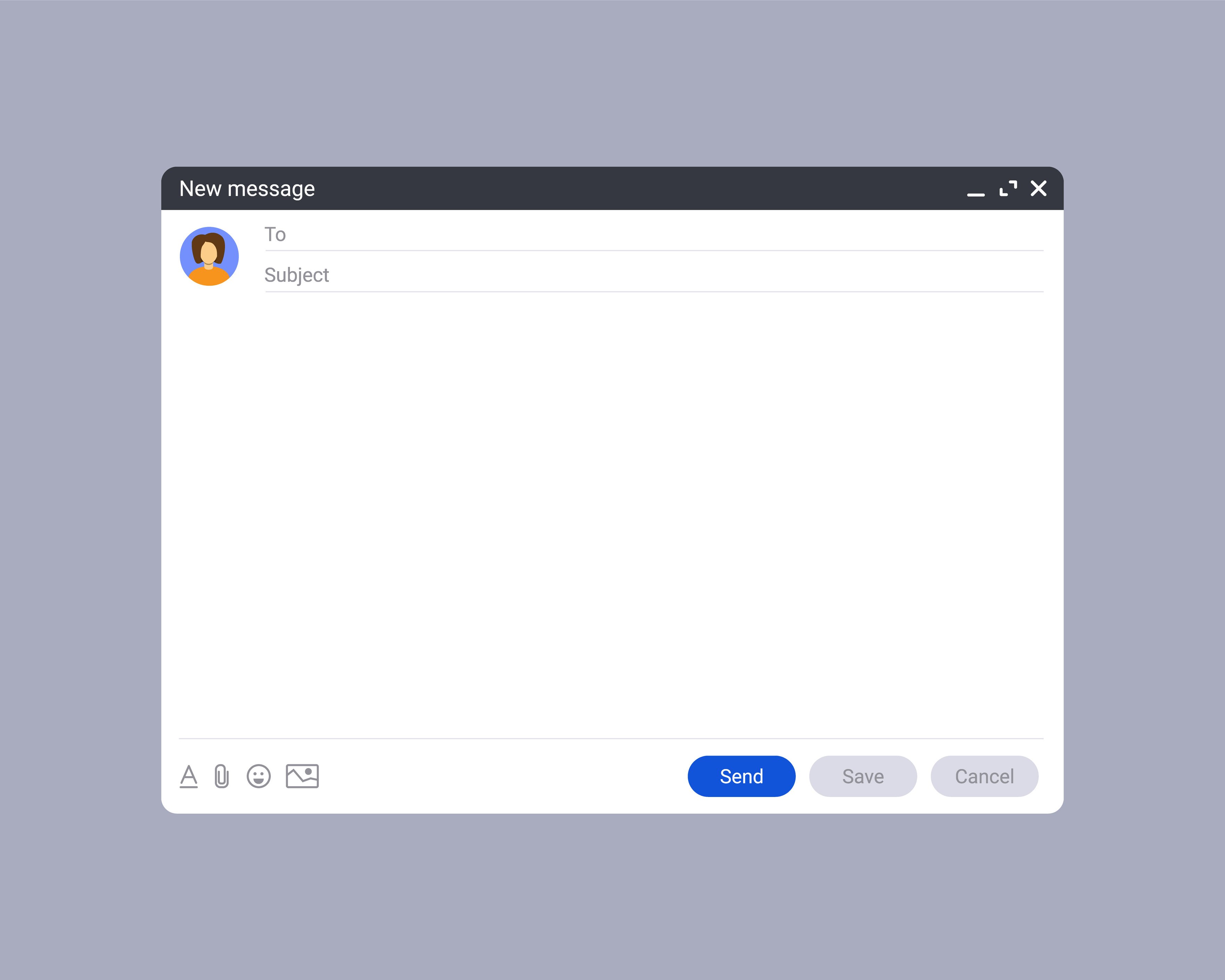
Designing and creating effective email campaigns is a blend of art and science.
It's all about delivering relevant content to your audience in an aesthetically pleasing and easy-to-consume format.
Here's how you can achieve this:
Understanding the Anatomy of an Email
Firstly, it's important to understand the core elements of an email. These include the subject line, preheader text, header, body content, images, call-to-action (CTA), and footer. Each element plays a crucial role and should be carefully crafted.
Designing Your Emails
The design of your email can significantly influence its performance.
It should be visually appealing, easy-to-read, and consistent with your brand.
Consider the following aspects:
- Layout: A clean, intuitive layout guides the reader through the content. Use headers and bullet points for easy scanning.
- Colors: Use colors that reflect your brand and aren't too harsh on the eyes.
- Fonts: Choose clear, legible fonts. The size and type of font should be easily readable on all devices.
- Images: Use high-quality, relevant images that support the content. Be aware that some email clients don't automatically display images, so important information should not be conveyed through images alone.
- Mobile Optimization: Ensure your emails look good on all devices since many people check their emails on their phones.
How to Craft Compelling Email Content
Beyond the design, the actual content of your email is crucial.
Here are a few tips for creating engaging content:
- Layout: A clean, intuitive layout guides the reader through the content. Use headers and bullet points for easy scanning.
- Colors: Use colors that reflect your brand and aren't too harsh on the eyes.
- Fonts: Choose clear, legible fonts. The size and type of font should be easily readable on all devices.
- Images: Use high-quality, relevant images that support the content. Be aware that some email clients don't automatically display images, so important information should not be conveyed through images alone.
- Mobile Optimization: Ensure your emails look good on all devices since many people check their emails on their phones.
Personalize Your Emails
Personalized emails lead to higher open rates and better engagement. By tailoring the content to the reader, you make them feel recognized and valued.
Techniques for Effective Email Personalization
- Use The Customer's Name: This simple technique can make your emails feel more personal and engaging.
- Segmentation: Segment your email list based on various criteria like demographics, past purchases, browsing behavior, and more. This will allow you to send highly targeted emails that resonate with specific groups within your audience.
- Behavior-triggered Emails: Send emails based on a subscriber's actions. This could be a welcome email after they sign up, a birthday or anniversary email, or a reminder when they leave items in their online shopping cart.
- Product Recommendations: Use your subscribers' past purchase history or browsing behavior to recommend products they might be interested in. This adds value and shows that you understand their needs and preferences.
- Dynamic Content: Dynamic content changes based on who is viewing it. For example, you could change the products displayed in an email based on the subscriber's gender, location, or past purchases.
- Personalized Email Content: Personalize the content of the email itself by addressing the subscriber by their first name, referencing their last purchase, or mentioning their location. This makes your emails feel more personal and tailored to the individual subscriber.
- Interactive Content: Personalize your emails by including interactive elements like quizzes or surveys that can provide a personalized result or recommendation based on the subscriber's responses.
- Personalized Subject Lines and Preheaders: Use the subscriber's name or other personal information in the subject line or preheader to increase open rates.
- Retargeting Campaigns: Send personalized emails based on a subscriber's browsing behavior on your site. If they viewed a specific product but didn't make a purchase, you could send an email featuring that product.
Proofread and Test Your Emails
Always proofread your emails for any spelling or grammar errors.
Test your emails before sending them out to ensure all the links work, the formatting looks good, and the personalization fields work correctly.
Use Email Templates
To streamline your email creation process, consider using email templates. Many email marketing platforms, including Springbot, offer a range of customizable templates that you can adjust to fit your brand and content.
Designing and creating effective email campaigns might seem complex, but with these strategies, you'll be well on your way to crafting emails that your subscribers look forward to receiving.
Springbot Makes eCommerce Email Marketing Cost-Effective & Easier Compared to The Competition

As you explore these strategies, it's important to remember that the right tools can significantly simplify the process. And this is where Springbot comes into the picture.
Designed with a user-friendly interface, Springbot is an excellent platform for beginners looking to establish a robust email marketing strategy.
Unlike other platforms such as MailChimp, Springbot offers a seamless, easy-to-navigate experience that doesn't compromise on the features you need for successful eCommerce email marketing.
Whether you're segmenting your audience, crafting personalized content, or analyzing key performance indicators to optimize your strategy, Springbot provides the tools intuitively.
One of the great things about Springbot is its 'forever free' plan to help you get started. This gives you access to essential features that can aid you in kick-starting your email marketing journey without any upfront investment.
As your business grows, Springbot offers flexible pricing plans that can scale with you, providing additional features and capabilities.
Ready to take your email marketing efforts to the next level? Get started for free today!


